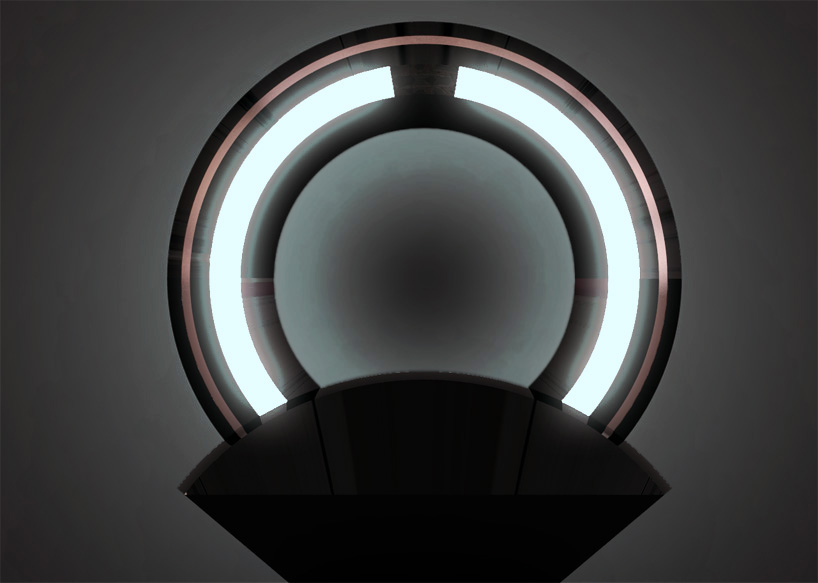While companies like Oculus, Samsung, Sony and Valve are betting big on virtual reality, Microsoft is taking the road less traveled (I’m looking at you, Google) and putting its focus on augmented reality. It’s HoloLens helmet aims to merge the physical world with digital by overlaying holograms on top of the real world around you. From video games to the classroom, Microsoft HoloLens aims to be a dominating force across myriad industries. One that makes just as much sense as the others? Sports.
At a panel called “The Future of Football: How Technology Could Shape the Next 50 Years of the Game,” Microsoft showcased the power of HoloLens and the exciting potential augmented reality and holograms can bring to gameday. Imagine if you had the ability to extend the big game beyond the confines of your existing HDTV, and not just by literally making the screen bigger. I’m talking live, interactive player stats and real-time fantasy football updates. Peer at your coffee table and watch it come to life with 3D instant replays viewable from any angle. This is the future of watching sports, and with it, the so-called “second screen experience” folds back up into one.
Now, I hate to burst your bubble, but this seemingly pie-in-the-sky tech doesn’t exist yet as it’s shown in the visually impressive demonstration above. It’s merely a concept, but you can rest assured Microsoft is considering it very seriously. The HoloLens hardware and software (it runs on Windows 10, believe it or not) is still in the development stages; Microsoft is ramping up production for developers to test and improve the device later this year. Still, this glimpse into the future is nothing short of amazing and it expands the evolving potential for an augmented reality lifestyle.
[Via Microsoft] Continue reading Microsoft uses HoloLens tech to turn your living room into the ultimate sports den
































